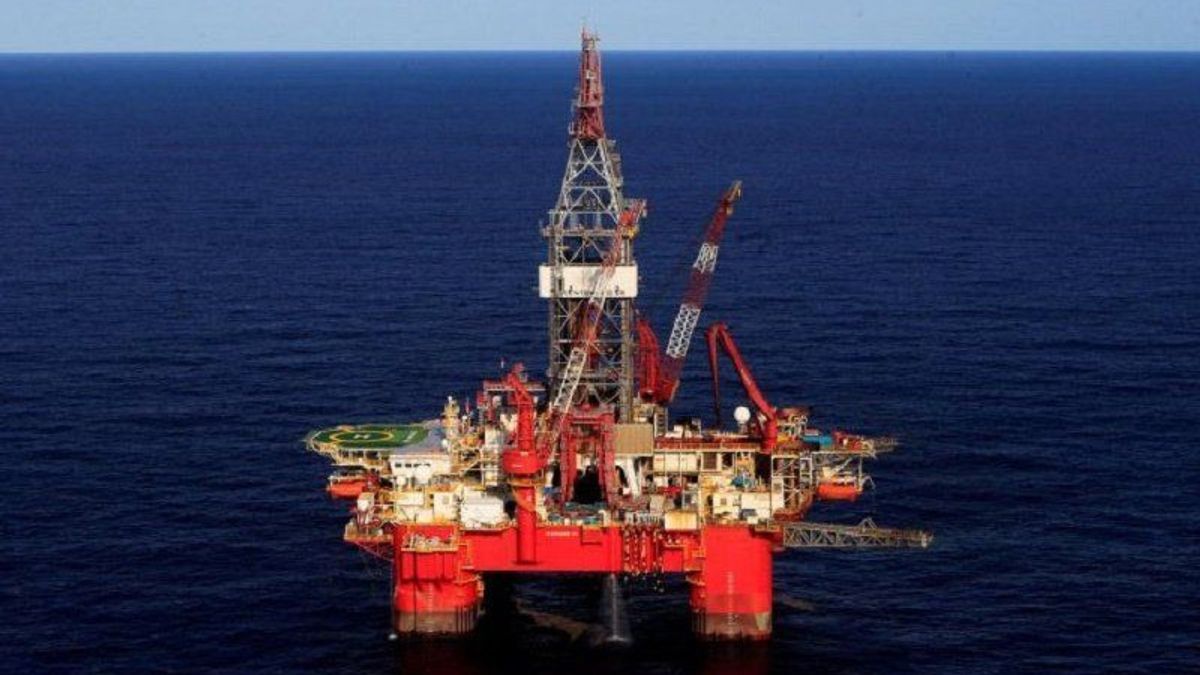JAKARTA - Oil prices fell in early Asian trading on Wednesday morning, after rising in the previous three sessions but losses were limited on views that tightening global supply will continue as there is limited room for major producers such as Saudi Arabia to increase output.
U.S. West Texas Intermediate (WTI) crude futures for August fell 44 cents, or 0.4 percent, to trade at 111.32 dollars a barrel at 0150 GMT, snapping earlier gains.
Meanwhile, Brent crude futures for August fell 61 cents, or 0.5 percent, to trade at 117.37 dollars a barrel, also reversing earlier gains.
The August contract expires on Thursday June 30 and the more active September contract was at 113.14 dollars, down 66 cents, or 0.6 percent.
Both Brent and WTI rose more than 2.0 percent on Tuesday 28 June as concerns over tight global supply outweighed concerns that demand could slow in a potential future recession.
An agreement by the Group of Seven (G7) economic powers to explore ways to limit Russian oil prices also supported market sentiment.
"Investors are making positional adjustments, but remain bullish on expectations that Saudi Arabia and the United Arab Emirates will not be able to increase production significantly to meet recovering demand, driven by increases in jet fuel. Oil prices are likely to remain above $110 a barrel. , also amid fears of potential supply disruptions due to hurricanes as the United States enters summer," said Hiroyuki Kikukawa as quoted by Antara, Wednesday, June 29.
Saudi Arabia and the United Arab Emirates have been seen as the only two members of the Organization of the Petroleum Exporting Countries (OPEC) with spare capacity to make up for lost Russian supplies and weak production from other member states.
However, United Arab Emirates Energy Minister Suhail al-Mazrouei said the emirate was producing close to its maximum quota capacity of 3.168 million barrels per day (bpd) under agreements with OPEC and its allies, collectively called OPEC+.
His comments confirmed statements by French President Emmanuel Macron who told US President Joe Biden on the sidelines of the G7 meeting that the United Arab Emirates was producing at maximum capacity and that Saudi Arabia could increase production by only 150,000 barrels per day, below the reserve capacity of around 2 million barrels per day. day.
OPEC's oil revenue soared in 2021 as prices and demand recovered from the worst of the COVID pandemic, while its members' active rig count posted a modest rebound and new wells completed declined, data from the group showed.
Analysts also warned political unrest in Ecuador and Libya could also tighten supplies further. Inventory data in the US did provide some sense to increase fuel supplies.
Gasoline stockpiles for the week ended June 24 rose by 2.9 million barrels and supplies of refined fuel increased by 2.6 million barrels, according to market sources citing American Petroleum Institute (API) figures on Tuesday, June 28.
However, crude inventories fell by 3.8 million barrels. US crude inventories are expected to have fallen over the past two weeks, according to a Reuters poll.
The government's weekly oil status report last week was delayed due to a hardware issue.
Data for both weeks will be published jointly on Wednesday.
The English, Chinese, Japanese, Arabic, and French versions are automatically generated by the AI. So there may still be inaccuracies in translating, please always see Indonesian as our main language. (system supported by DigitalSiber.id)





